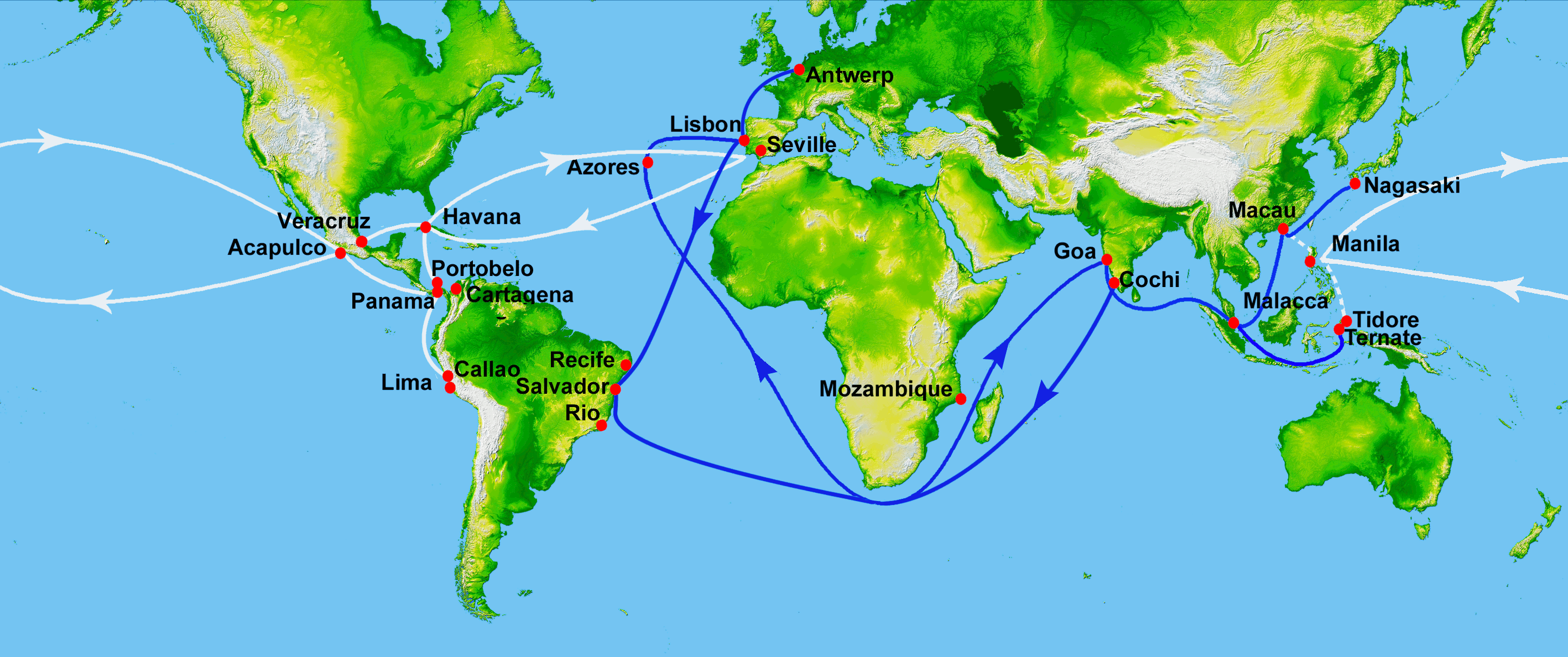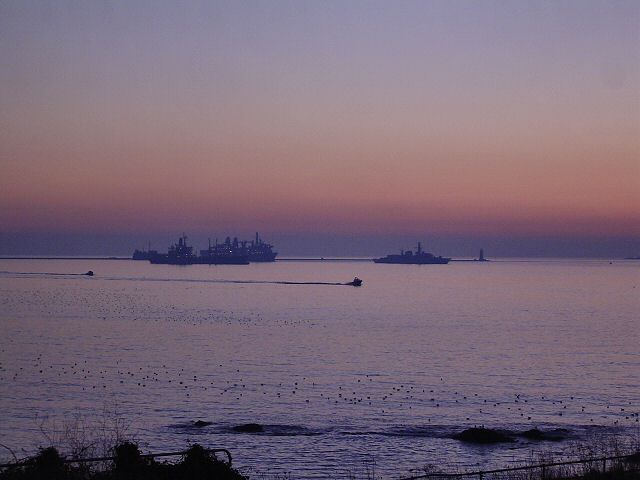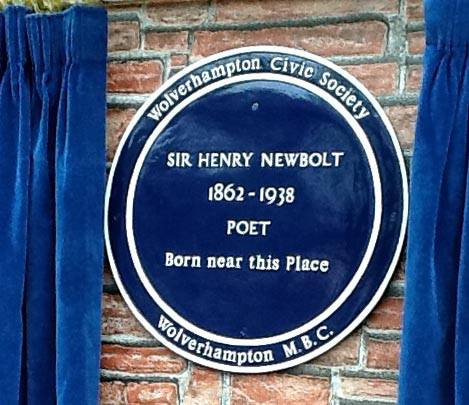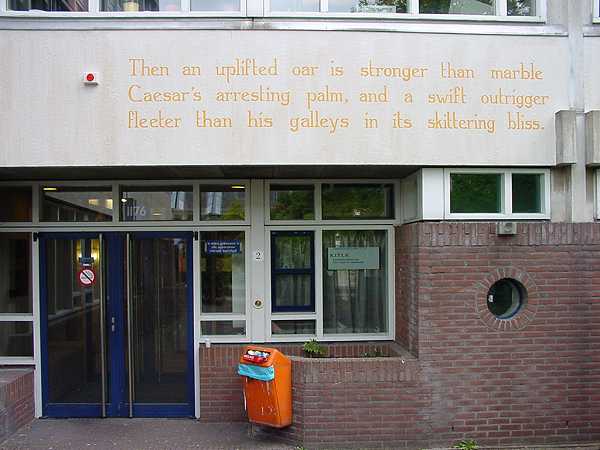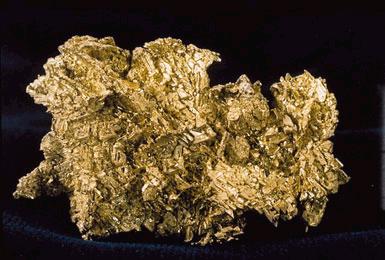|
Nombre De Dios, Colón
Nombre de Dios () is a city and corregimiento in Santa Isabel District, Colón Province, Panama, on the Atlantic coast of Panama in the Colón Province. Founded as a Spanish colony in 1510 by Diego de Nicuesa, it was one of the first European settlements on the Isthmus of Panama. As of 2010 it had a population of 1,130 people. History Nombre de Dios is the oldest continuously inhabited European settlement in the continental Americas. Originally a major port of call for the Spanish treasure fleet, Nombre de Dios was the most significant port for shipping in the Americas between 1540 and 1580. After the opening of Potosí in 1546, silver was shipped north to Panama City and carried by mule train across the isthmus to Nombre de Dios for shipment to Havana and Spain. As Nombre de Dios was situated near an unhealthy swamp and was nearly impossible to fortify, it declined in importance. In June 1572 the English privateer Francis Drake sacked the colony and in April of the following ... [...More Info...] [...Related Items...] OR: [Wikipedia] [Google] [Baidu] |
Corregimientos Of Panama
In Panama, a corregimiento is a subdivision of a Districts of Panama, district, which in turn is a subdivision of a Provinces of Panama, province. It is the smallest administrative division level in the country; which is further subdivided into populated places/centres. As of 2012, Panama is subdivided into a total of 693 corregimientos, since several of these were created in the province of Bocas del Toro Province, Bocas del Toro and the indigenous region (''comarca indígena'') of Ngäbe-Buglé Comarca, Ngäbe-Buglé. [...More Info...] [...Related Items...] OR: [Wikipedia] [Google] [Baidu] |
Panama City
Panama City, also known as Panama, is the capital and largest city of Panama. It has a total population of 1,086,990, with over 2,100,000 in its metropolitan area. The city is located at the Pacific Ocean, Pacific entrance of the Panama Canal, in the Panamá Province, province of Panama. The city is the political and administrative center of the country, as well as a hub for banking and commerce. The city of Panama was founded on 15 August 1519, by Spanish conquistador Pedro Arias Dávila. The city was the starting point for expeditions that conquered the Inca Empire of Peru. It was a stopover point on one of the most important trade routes in the American continent, leading to the fairs of Nombre de Dios, Colón, Nombre de Dios and Portobelo, Colón, Portobelo, through which passed most of the gold and silver that Spain mined from the Americas. On 28 January 1671, Panamá Viejo, the original city was destroyed by a fire when the privateer Henry Morgan sacked and set fire to it. ... [...More Info...] [...Related Items...] OR: [Wikipedia] [Google] [Baidu] |
Populated Places Established In 1510
Population is a set of humans or other organisms in a given region or area. Governments conduct a census to quantify the resident population size within a given jurisdiction. The term is also applied to non-human animals, microorganisms, and plants, and has specific uses within such fields as ecology and genetics. Etymology The word ''population'' is derived from the Late Latin ''populatio'' (a people, a multitude), which itself is derived from the Latin word ''populus'' (a people). Use of the term Social sciences In sociology and population geography, population refers to a group of human beings with some predefined feature in common, such as location, race, ethnicity, nationality, or religion. Ecology In ecology, a population is a group of organisms of the same species which inhabit the same geographical area and are capable of interbreeding. The area of a sexual population is the area where interbreeding is possible between any opposite-sex pair within the are ... [...More Info...] [...Related Items...] OR: [Wikipedia] [Google] [Baidu] |
Colonial Panama
Colonial or The Colonial may refer to: * Colonial, of, relating to, or characteristic of a colony or colony (biology) In biology, a colony is composed of two or more Biological specificity#Conspecific, conspecific individuals living in close association with, or connected to, one another. This association is usually for mutual benefit such as stronger defense ... Architecture * American colonial architecture * French colonial architecture * Spanish colonial architecture Automobiles * Colonial (1920 automobile), the first American automobile with four-wheel brakes * Colonial (Shaw automobile), a rebranded Shaw sold from 1921 until 1922 * Colonial (1921 automobile), a car from Boston which was sold from 1921 until 1922 Commerce * Colonial Pipeline, the largest oil pipeline network in the U.S. * Inmobiliaria Colonial, a Spanish corporation, which includes companies in the domains of real estate Places * The Colonial (Indianapolis, Indiana) * The Colonial (Mansfield, Ohio), a N ... [...More Info...] [...Related Items...] OR: [Wikipedia] [Google] [Baidu] |
Piracy In The Caribbean
]The Piracy of the Caribbean refers to the historical period of widespread piracy that occurred in the Caribbean Sea. Primarily between the 1650s and 1730s, where pirates frequently attacked and robbed merchant ships sailing through the region, often using bases or islands like Port Royal. The era of piracy in the Caribbean began in the 1500s and phased out in the 1830s after the navies of the nations of Western Europe and North America with colonies in the Caribbean began hunting and prosecuting pirates. The period during which Golden Age of Piracy, pirates were most successful was from the 1650s to the 1730s. Piracy flourished in the Caribbean because of the existence of pirate seaports such as Fort Saint Louis (Martinique), Fort Saint Louis in Martinique, Port Royal in Jamaica,Campo-Flores/ Arian, "Yar, Mate! Swashbuckler Tours!," Newsweek 180, no. 6 (2002): 58. Castillo de la Real Fuerza in Cuba, Tortuga (Haiti), Tortuga in Haiti, and Nassau, Bahamas, Nassau in the Bahamas.Smit ... [...More Info...] [...Related Items...] OR: [Wikipedia] [Google] [Baidu] |
Plymouth Hoe
Plymouth Hoe, referred to locally as the Hoe, is a large south-facing open public space in the English coastal city of Plymouth, Devon. The Hoe is adjacent to and above the low limestone cliffs that form the seafront and commands views of Plymouth Sound, Drake's Island, and across the Hamoaze to Mount Edgcumbe Country Park, Mount Edgcumbe in Cornwall. The name derives from the Old English, Anglo-Saxon word ''hoh'', a sloping ridge shaped like an inverted foot and heel (a term that survives in a few other placenames, notably Sutton Hoo). History Until the early 17th century large outline images of the giants Gog and Magog (or Gogmagog (folklore), Goemagot and Corineus) had for a long time been cut into the turf of the Hoe exposing the white limestone beneath. These figures were periodically re-cut and cleaned. No trace of them remains today, but this likely commemorates the Cornwall, Cornish foundation myth, being the point – ''Lam Goemagot'', – from which the Giant was ... [...More Info...] [...Related Items...] OR: [Wikipedia] [Google] [Baidu] |
Henry Newbolt
Sir Henry John Newbolt, Order of the Companions of Honour, CH (6 June 1862 – 19 April 1938) was an English poet, novelist and historian. He also had a role as a government adviser with regard to the study of English in England. He is perhaps best remembered for his poems "Vitaï Lampada" and "Drake's Drum". Background Henry John Newbolt was born in Bilston, Wolverhampton (then in Staffordshire, but now in the West Midlands), son of the vicar of St Mary's Church, the Rev. Henry Francis Newbolt (1824–1866), and his second wife, Emily née Stubbs (1838–1921), the older brother of Sir Francis Newbolt. After his father's death, the family moved to Walsall, where Henry was educated. Education Newbolt attended Queen Mary's Grammar School, Walsall, and Caistor Grammar School, from which he gained a scholarship to Clifton College, where he was head of the school (1881) and edited the school magazine. His contemporaries there included J. M. E. McTaggart, John McTaggart, Arthur Quil ... [...More Info...] [...Related Items...] OR: [Wikipedia] [Google] [Baidu] |
Derek Walcott
Sir Derek Alton Walcott OM (23 January 1930 – 17 March 2017) was a Saint Lucian poet and playwright. He received the 1992 Nobel Prize in Literature. His works include the Homeric epic poem '' Omeros'' (1990), which many critics view "as Walcott's major achievement." In addition to winning the Nobel Prize, Walcott received many literary awards over the course of his career, including an Obie Award in 1971 for his play '' Dream on Monkey Mountain'', a MacArthur Foundation "genius" award, a Royal Society of Literature Award, the Queen's Medal for Poetry, the inaugural OCM Bocas Prize for Caribbean Literature,"Derek Walcott wins OCM Bocas Prize" , ''Trinidad Express Newspapers'', 30 April 2011. the 2010 [...More Info...] [...Related Items...] OR: [Wikipedia] [Google] [Baidu] |
Veracruz, Veracruz
Veracruz (), also known as Heroica Veracruz, is a major port city and municipal seat for the surrounding municipality of Veracruz on the Gulf of Mexico and the most populous city in the Mexican state of Veracruz. The city is located along the coast in the central part of the state, southeast of the state capital Xalapa. It is the most populous city in the state of Veracruz. Part of the city extends into the neighboring municipality of Boca del Río. At the 2020 census, Veracruz Municipality had a population of 607,209 inhabitants. The city of Veracruz had a population of 537,952 inhabitants, 405,952 in Veracruz municipality and 132,011 in Boca del Río municipality.2020 census tables: INEGI Developed during Spanish colonization, Veracruz is Mexico's oldest, largest, and historically most significant port. [...More Info...] [...Related Items...] OR: [Wikipedia] [Google] [Baidu] |
Portobelo, Colón
Portobelo (Modern Spanish: "Puerto Bello" ("beautiful port"), historically in Portuguese: Porto Belo) is a historic port and corregimiento in Portobelo District, Colón Province, Panama. Located on the northern part of the Isthmus of Panama, it is northeast of the modern port of Colón now at the Atlantic entrance to the Panama Canal. It has a population of 4,559 , and functions as the seat of Portobelo District. Established in 1597 for its deep natural harbor, it joined Veracruz ( to the northwest) as ports used by the Spanish Empire to ship treasure from the mines of Peru (via Panama City on the Pacific side of the Isthmus and overland to Portobelo) back to Spain. The city was repeatedly captured by British privateers and pirates, culminating in a successful siege by the Royal Navy in 1739, during the War of Jenkins' Ear. Its economy received a major boost in the late-19th century during the construction of the Panama Canal. In 1980, UNESCO designated the Fortifications ... [...More Info...] [...Related Items...] OR: [Wikipedia] [Google] [Baidu] |
Precious Metal
Precious metals are rare, naturally occurring metallic chemical elements of high Value (economics), economic value. Precious metals, particularly the noble metals, are more corrosion resistant and less reactivity (chemistry), chemically reactive than most elements. They are usually ductile and have a high Lustre (mineralogy), lustre. Historically, precious metals were important as currency but they are now regarded mainly as investment and industrial raw material, raw materials. Gold, silver, platinum, and palladium each have an ISO 4217 currency code. The best known precious metals are the precious coinage metals, which are gold and silver. Although both have industrial uses, they are better known for their uses in art, jewellery, jewelry, and coinage. Other precious metals include the platinum group metals: ruthenium, rhodium, palladium, osmium, iridium, and platinum, of which platinum is the most widely traded. The demand for precious metals is driven not only by their pra ... [...More Info...] [...Related Items...] OR: [Wikipedia] [Google] [Baidu] |
Drake's Expedition Of 1572–1573
Drake's or Drakes may refer to: Companies *Drake's (haberdashers), a UK haberdashers * Drakes Bay Oyster Company, American oyster farm and restaurant *Drake's Brewing Company, an American brewery *Drake's Cakes, an American food company *Drakes Supermarkets, a retail chain in Australia Places *Drakes Bay, California, United States *Drakes Bay, Costa Rica * Drakes Creek (other), multiple locations *Drakes Estero, estuary in California, United States * Drakes Formation, geologic formation in Kentucky, United States *Drake's Island, an island located south of England * Drakes Island, Maine, United States *Drake's Leat, a watercourse near Plymouth, England People * Dominic Drakes, Barbadian cricketer * Jesse Drakes, American jazz trumpet player * Thomas Drakes, English cricketer * Vasbert Drakes, West Indian cricketer Other uses *Drake's Regiment of Militia, an American army regiment * Edmonton Drakes, former Canadian baseball team See also * Drake (disambiguatio ... [...More Info...] [...Related Items...] OR: [Wikipedia] [Google] [Baidu] |


